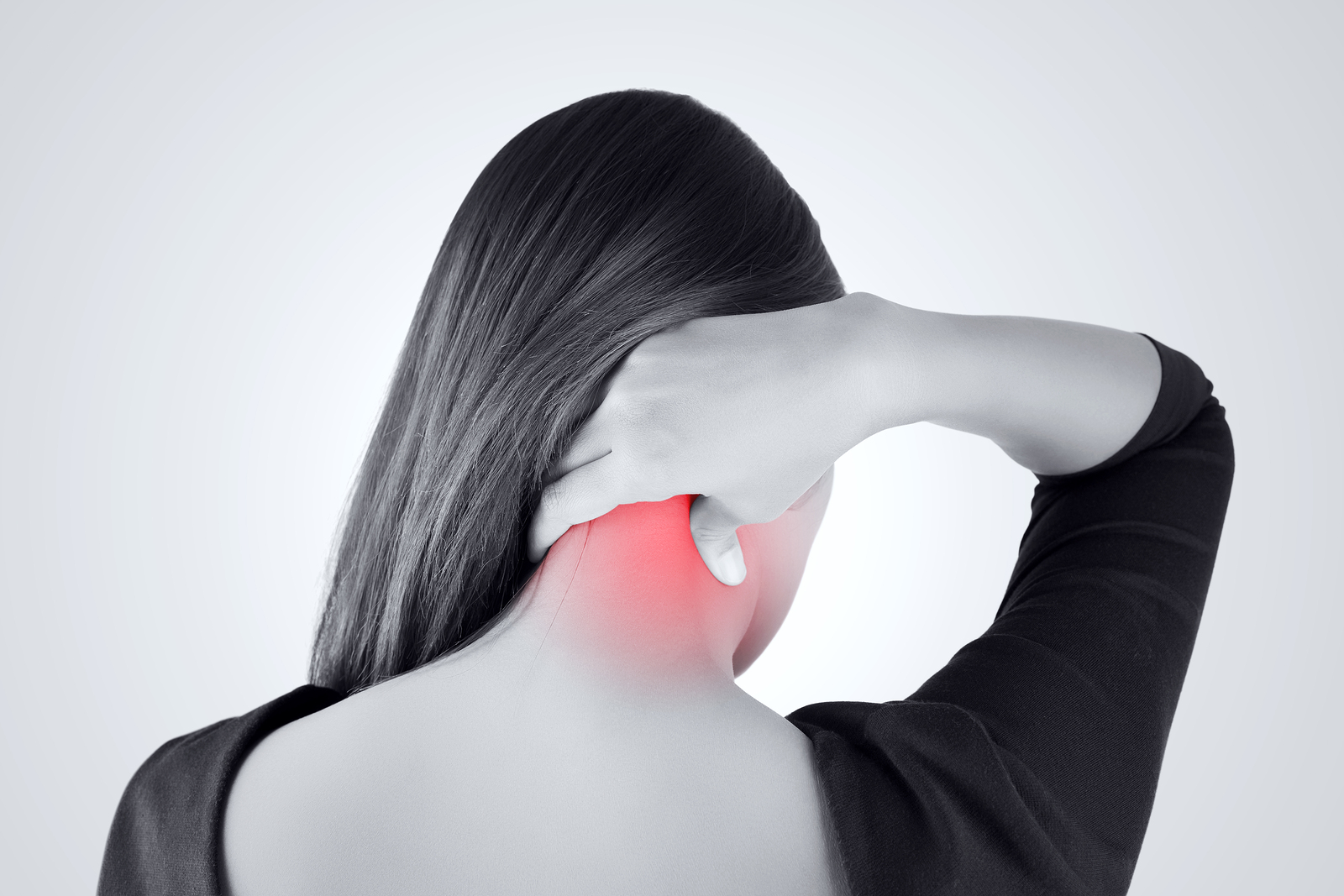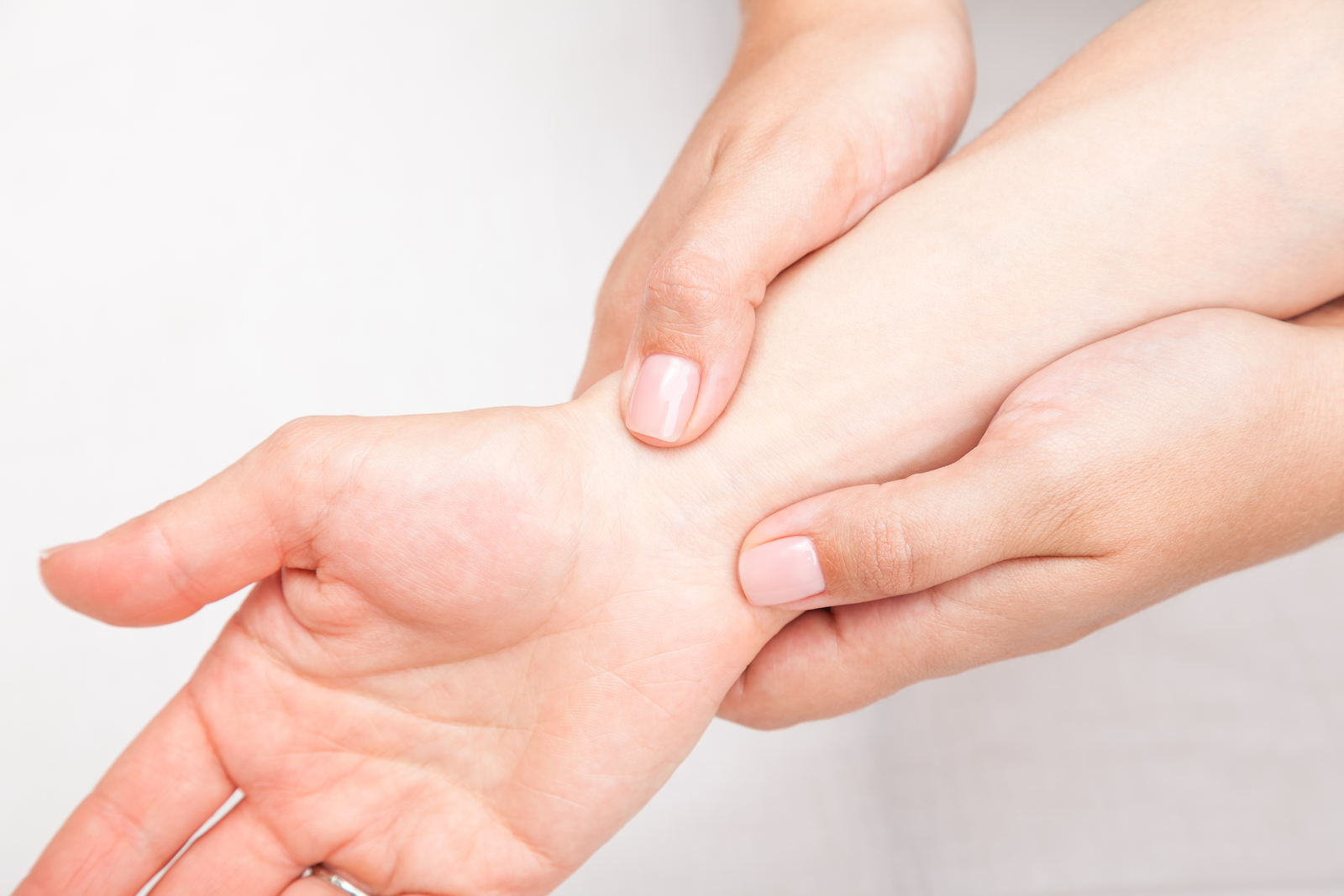I’m sure you’ve heard something about Vitamin D lately. This all-important vitamin seems to be in the news constantly, with new research revealing connections between vitamin D deficiency and a myriad of health concerns, including cancer, depression, osteoporosis, immune dysfunction, diabetes, heart disease, and more. In fact, mounting research documents the impressive degree of disease prevention that can be obtained from having higher vitamin D blood levels.
Vitamin D and Bone Health Connection
With all this attention, more and more conventional practitioners are testing vitamin D levels in their patients these days, which is great. But you want to be sure you’re being tested for the right kind; since there are several forms of D, be sure you request evaluation of 25(OH)D, which is shorthand for 25-hydroxyvitamin D. This is the test that accurately detects vitamin D status. The normal range varies from lab to lab, and protocols used in some labs may be less accurate than others.
The issue for many people is that long-term effects of vitamin D deficiency may not be visible for many, many years, so it’s easy to overlook — for both patients and practitioners. But if you’re serious about disease and fracture prevention, I recommend vitamin D level testing twice a year: at the end of the summer and mid-winter. The National Institutes of Health sets the normal vitamin D range at 16–74 ng/mL, but leading vitamin D experts are calling for the low end of this range to be moved upward. Here are the levels we strive for:
- For basic bone protection and optimum calcium absorption you need at least a 32 ng/mL vitamin D (25[OH]D) level all year round.
- For degenerative disease prevention, a higher level of 50-70 ng/mL is better.
Research is showing that we use between 3000 and 4000 IU of vitamin D daily — much more than previously expected. So how do we replenish these stores? Nature intended us to get most of our vitamin D from exposure to sunlight. Studies show that bathing suit exposure during summer, until the skin just begins to turn pink, results in skin production of 10,000–50,000 IU of cholecalciferol (pre-vitamin D). I know it’s difficult in our modern society to spend enough time in the sun to fill our vitamin D stores (especially if you live in northern latitudes). To make matters more difficult, vitamin D is also not found in very many foods. So a quality vitamin D3 supplement is one of the best ways to cover your disease-prevention bases.
There are so many areas of your health that can benefit from bringing your vitamin D levels up through supplementation. For example, studies have shown a 60-77% reduction in cancer risk with vitamin D supplementation and research suggests that hip fracture could be reduced by 50-60% by bringing vitamin D blood levels into the therapeutic range.
We have formulated our own high-quality vitamin D supplement to enhance your bone health.
Currently vitamin D researchers are suggesting supplementing with 2000 IU of D3 daily along with 15 minutes of sunlight. For details on this current recommendation see the Scientists’ Call to Action published by Grassroots Health, a Public Health Promotion Organization (refer to their website, GrassrootsHealth). For additional in-depth discussion, see our articles on vitamin D deficiency and Vitamin D Testing and Treatment.







